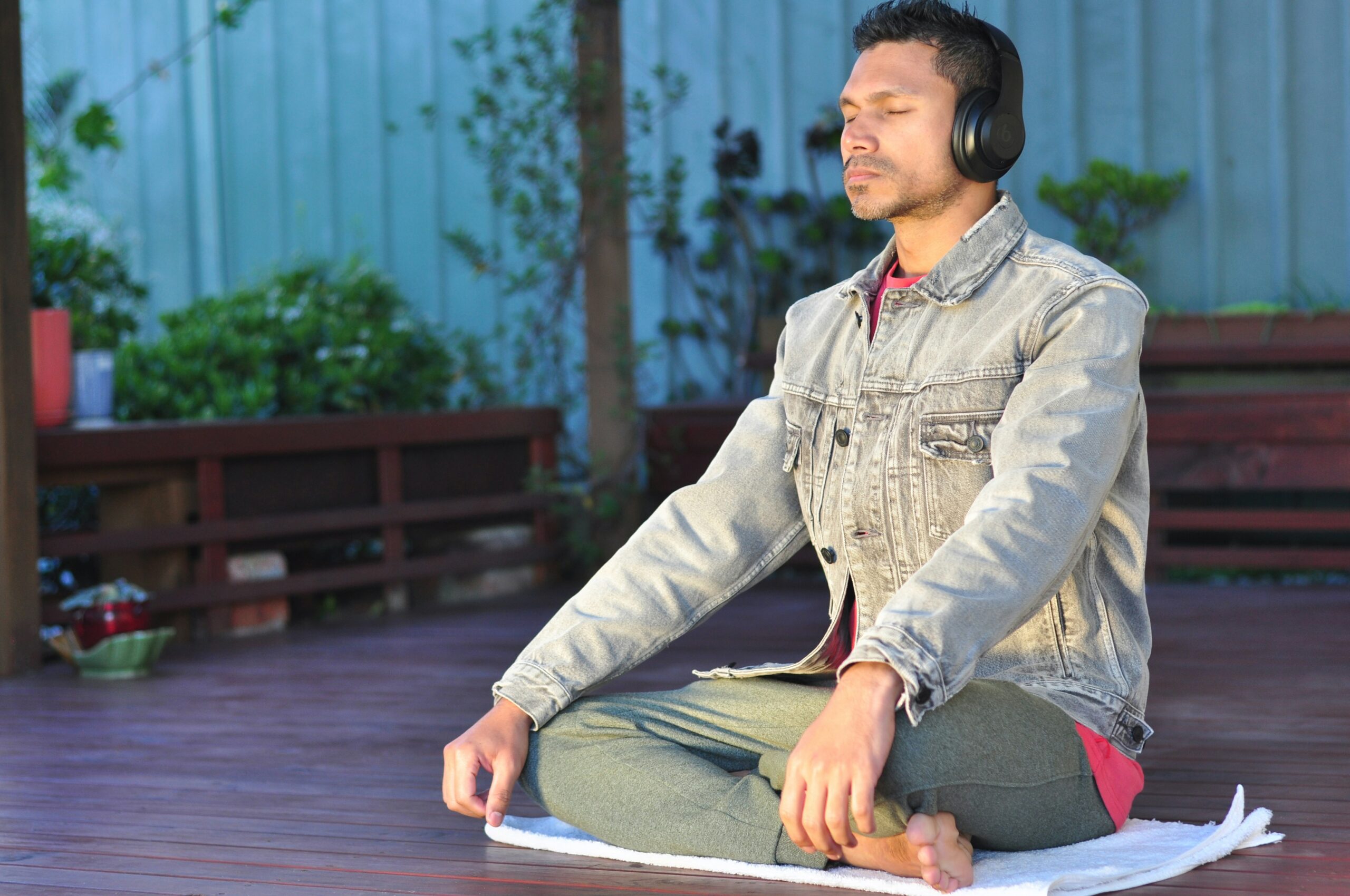Breathing is something we do without thinking — yet, it holds incredible power when done with intention. Conscious breathing can lower stress, regulate emotions, improve focus, and even reduce physical symptoms like headaches or muscle tension. The best part? You can practice breathing exercises anywhere, anytime, without equipment or experience. Just a few minutes a day can help you feel more centered, present, and in control.
Why Breathing Works
When you’re stressed or anxious, your breath tends to become shallow and fast, triggering the body’s stress response. This activates the sympathetic nervous system — the “fight or flight” mode — leading to increased heart rate, tension, and mental fog. Slow, deep breathing signals your body that it’s safe, activating the parasympathetic nervous system — the “rest and digest” state — which helps you relax, refocus, and reset.
The 4-7-8 Breathing Technique
This simple and effective technique helps calm the nervous system and is especially useful for falling asleep or reducing anxiety.
How to do it:
- Sit or lie down comfortably.
- Inhale quietly through your nose for 4 seconds.
- Hold your breath for 7 seconds.
- Exhale slowly through your mouth for 8 seconds.
- Repeat the cycle 3–4 times.
This rhythmic breathing pattern slows your heart rate and relaxes your muscles, helping you enter a state of calm.
Box Breathing (Square Breathing)
Box breathing is used by athletes, military personnel, and individuals under high pressure. It’s ideal for mental clarity and emotional control.
How to do it:
- Inhale through your nose for 4 seconds.
- Hold your breath for 4 seconds.
- Exhale through your mouth for 4 seconds.
- Hold again for 4 seconds.
- Repeat the cycle 4–5 times.
This technique helps train your mind to stay calm and focused, even in stressful situations.
Diaphragmatic Breathing (Belly Breathing)
Many of us breathe from the chest, especially during stress. Diaphragmatic breathing encourages full oxygen exchange and engages the lower lungs.
How to do it:
- Sit or lie down with one hand on your chest and the other on your belly.
- Inhale deeply through your nose, allowing your belly to rise while keeping your chest still.
- Exhale slowly through your mouth as your belly lowers.
- Practice for 5–10 minutes daily.
This practice is particularly effective for reducing long-term anxiety and lowering blood pressure.
Alternate Nostril Breathing (Nadi Shodhana)
Originating from yogic traditions, this technique balances the left and right sides of the brain and is great for emotional regulation and inner balance.
How to do it:
- Sit comfortably and use your right thumb to close your right nostril.
- Inhale slowly through the left nostril.
- Close the left nostril with your ring finger and release your thumb from the right nostril.
- Exhale through the right nostril.
- Inhale through the right nostril.
- Switch and exhale through the left.
Repeat for 1–2 minutes. This technique improves mental clarity and harmonizes energy.
Morning Energizer Breath
Use this breath to start your day feeling focused and energized.
How to do it:
- Inhale quickly and deeply through the nose.
- Exhale forcefully through the mouth.
- Repeat this quick inhale/exhale cycle 10 times in a row.
- Take a break, breathe normally, and repeat for 2–3 rounds.
This energizing breath increases alertness and oxygen flow to the brain.
Evening Relaxation Breath
Use this breath before bed or after a stressful day.
How to do it:
- Sit or lie in a quiet space.
- Inhale through your nose slowly for 6 seconds.
- Exhale through your mouth for 8–10 seconds.
- Pause and breathe normally, then repeat 4–5 times.
This helps slow your heart rate, reduce cortisol, and prepare your body for deep rest.
When to Practice Breathing Exercises
- First thing in the morning to set a calm tone.
- Before stressful meetings or conversations.
- During a break in your workday to reset.
- After exercise to recover and cool down.
- At bedtime to help your body transition into sleep.
Final Thought: Breathe With Intention, Live With Awareness
Your breath is a built-in tool for healing, balance, and clarity. You carry it with you everywhere — use it intentionally to manage stress, process emotions, and return to the present moment. With just a few conscious breaths, you can shift your entire state of being. Start today, start small, and breathe your way into a calmer life.
